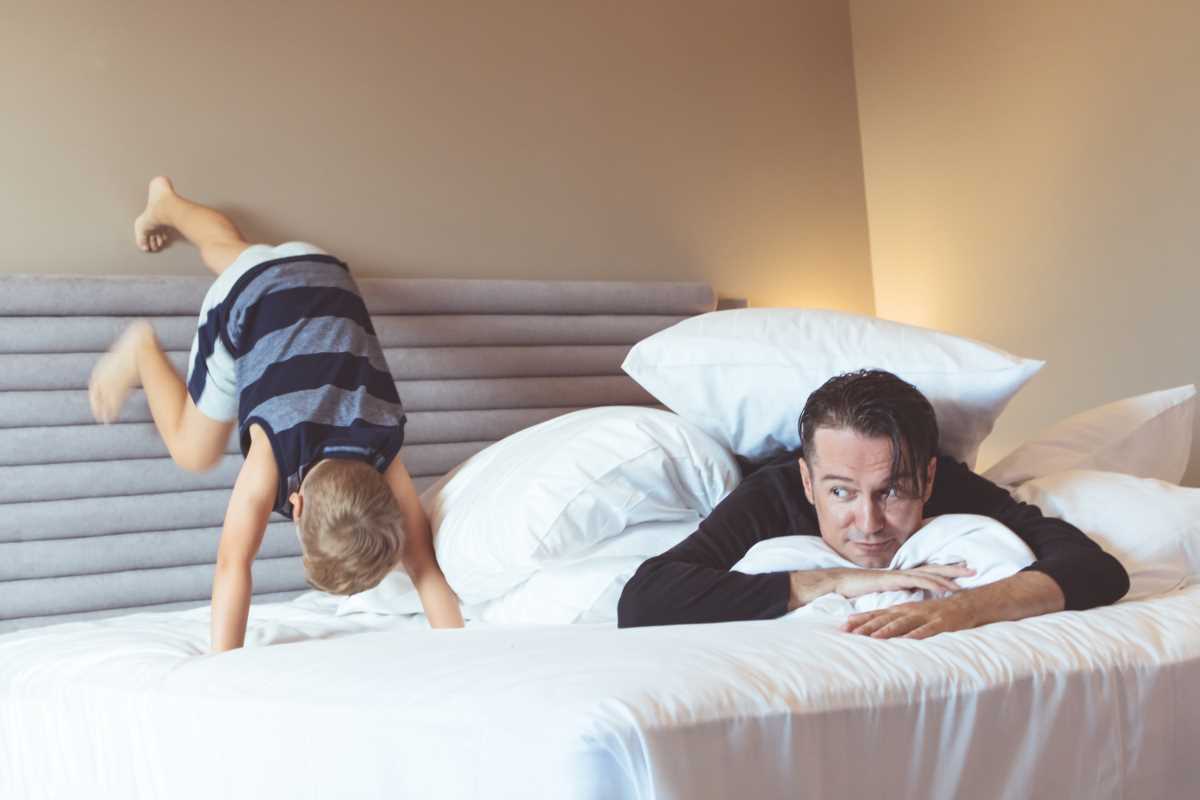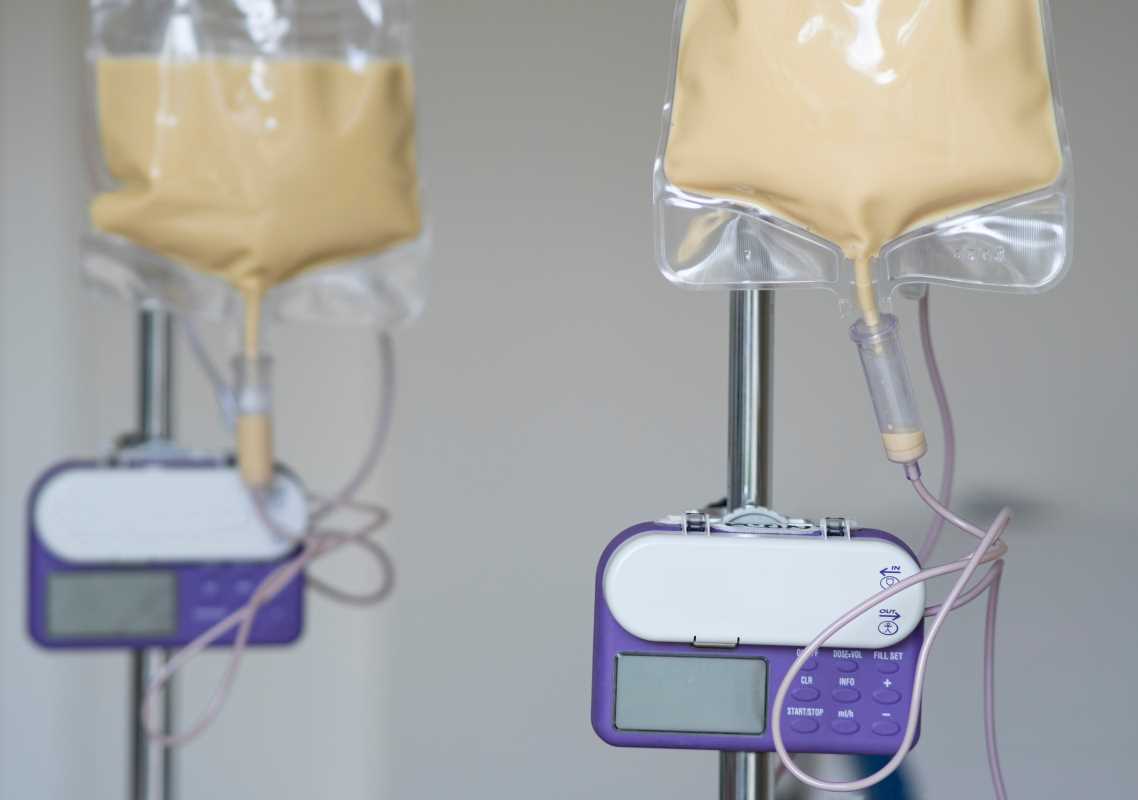Sleep is essential for every child. It helps their bodies rest, grow, and prepare for the day ahead. But for children with ADHD (Attention-Deficit/Hyperactivity Disorder), getting a good night’s sleep can feel like an uphill battle. Trouble falling asleep, staying asleep, or waking up too early are common challenges that can leave both kids and their caregivers feeling exhausted. The lack of quality sleep can also make ADHD symptoms like impulsivity, attention struggles, and restlessness worse, creating a cycle that’s hard to break.
The good news? With the right strategies, you can help your child create a consistent sleep routine that works for them. By understanding their unique needs and making a few adjustments, you can set the stage for restful nights and better days for your child. This article will guide you through practical tips to help improve sleep for children with ADHD.
Why Do Children With ADHD Struggle With Sleep?
Kids with ADHD often deal with challenges when it comes to falling and staying asleep. This difficulty is partly due to how ADHD interacts with their brain and body. Here are a few reasons why sleep can be tricky for children with ADHD:
1. Brain Stimulation
Children with ADHD tend to have brains that take longer to wind down. Even at bedtime, their minds might stay active, jumping from one thought to the next.
2. Hyperactivity
For kids with hyperactive symptoms, being physically still can be hard, even when they’re tired. This restlessness can delay their ability to settle into a sleep-ready state.
3. Sensitivity and Distractions
Children with ADHD are often more sensitive to sensory inputs like light, sound, or even a slightly itchy blanket. These distractions can make falling asleep tough.
4. Medication Side Effects
Some ADHD medications can make it harder for kids to relax and feel sleepy, especially if the medication hasn’t worn off by bedtime.
Understanding these challenges is the first step in building a better sleep routine. By working with your child’s unique needs, you can help ease some of their difficulties.
The Importance of a Sleep Routine
Why is having a routine so important? For kids with ADHD, structure provides a sense of predictability. It helps create habits that signal to their brain, “It’s time to rest now.” A routine can:
- Encourage relaxation: Consistent patterns help condition the brain to recognize when it’s time to slow down.
- Set expectations: Kids know what’s coming next, reducing anxiety about bedtime.
- Ease transitions: Going from active play to bedtime can feel abrupt. Routines bridge that gap smoothly.
Steps to Build a Better Sleep Routine
Planning a sleep routine doesn’t have to be complicated. Here’s a step-by-step guide to help your child wind down for the night:
1. Define the Right Sleep Schedule
Choosing the right bedtime makes all the difference. Children with ADHD thrive on consistency, so aim for the same bedtime and wake-up time every day—even on weekends.
- Determine how much sleep they need: School-age kids generally need 9–11 hours of sleep per night.
- Work backward from their wake-up time: If your child needs to wake up at 7 am, bedtime should start around 8 pm for enough rest.
- Stick to it: A consistent schedule helps regulate the body’s internal clock (called the circadian rhythm).
2. Create a Calming Bedtime Routine
A bedtime routine should be relaxing and predictable. This routine tells your child’s brain that it’s time to transition from active to restful. Here’s a simple example:
- Start with a quiet activity, like reading or drawing.
- Encourage them to take a warm bath or shower; this can soothe the body and mind.
- Afterward, have them brush their teeth, put on pajamas, and settle into bed.
- End with a calming ritual, such as reading a favorite bedtime story or listening to soft music.
3. Limit Stimulation Before Bed
About an hour before bed, help your child shift away from activities that are overly stimulating. This might include:
- Screen Time: Electronics like tablets, phones, or TVs emit blue light, which can trick the brain into thinking it’s still daytime. Power down screens at least an hour before bedtime.
- Active Play: Running and jumping might tire your child out physically, but it also activates their brain, making it harder to calm down.
- Sugar and Caffeine: Limit sugary snacks or drinks (including sodas and chocolate) in the evening.
Instead, wind down with quiet, calming activities that allow your child’s brain to shift into relaxation mode.
4. Make the Bedroom a Sleep-Friendly Space
The environment where your child sleeps can have a big impact on how well they rest. To create a supportive sleep space:
- Keep it dark: Use blackout curtains or a dim nightlight if they’re fearful of complete darkness.
- Minimize noise: Use white noise machines or quiet fans to block out distracting sounds.
- Focus on comfort: Provide soft, cozy bedding and make sure the room temperature is comfortable—not too hot or cold.
- Remove distractions: Keep toys or books they associate with daytime activities away from the bed.
5. Be Patient With Transitions
Sleep changes rarely happen overnight, so don’t expect your new routine to work perfectly right away. You might need to tweak it as you go. Give it at least a few weeks, and remember that consistency is key.
Additional Tips and Tricks
Sometimes, small adjustments can make a big difference in bedtime success. Here are a few extra ideas to keep in mind:
Use Bedtime Reminders
If transitioning to bedtime is a struggle, set a 15-minute warning before starting the routine. For example, “We’ll start getting ready for bed in 15 minutes,” allows your child to mentally prepare.
Incorporate Physical Activity Earlier in the Day
Regular exercise helps kids use up energy and encourages better sleep. Just make sure active play happens earlier in the afternoon rather than close to bedtime.
Consider Relaxation Techniques
Teach your child simple relaxation techniques, such as deep breathing or visualization exercises. For example:
- Encourage them to close their eyes and picture a calming scene, like a beach or meadow.
- Practice slow, deep breaths in through the nose and out through the mouth.
Work With a Professional
If sleep continues to feel like a fight despite these efforts, connect with your child’s doctor or a sleep specialist. They can offer professional guidance or suggest changes to your child’s ADHD treatment plan.
 (Image via
(Image via





